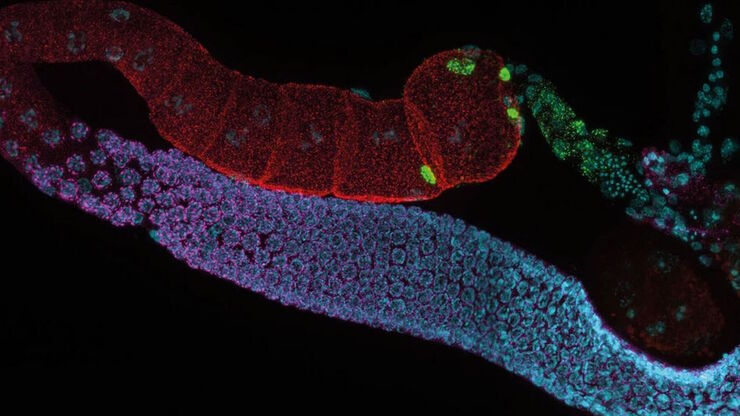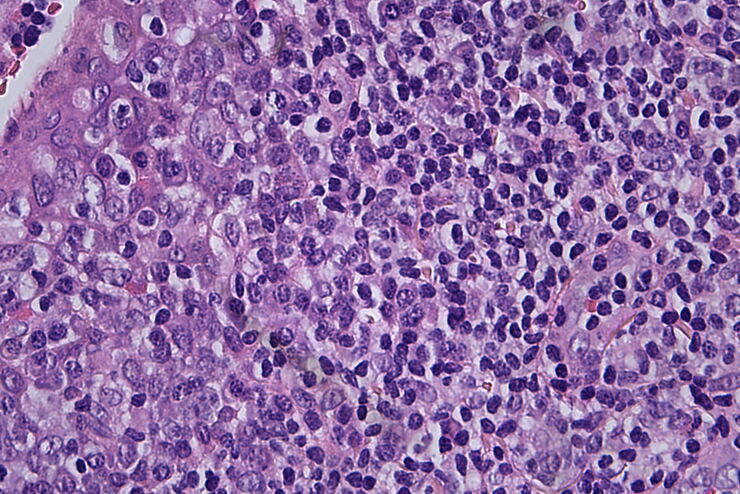Peter Laskey , Dr.

Pete Laskey studierte Biologische und Medizinische Chemie, absolvierte dann einen Master in Pharmakologie und promovierte in Virologie. Während seiner Promotion untersuchte er die Wechselwirkung zwischen dem E1^E4-Protein des humanen Papillomavirus und dem Zytoskelett der Zellen und spezialisierte sich auf die Bildgebung von lebenden Zellen. Anschließend arbeitete er als Bildgebungsspezialist am National Institute of Medical Research, bevor er für mehrere Jahre die Welt bereiste. Nach seiner Rückkehr nach Europa verbrachte er mehrere Jahre bei Andor, wo er sich auf die sCMOS-Kameratechnologie konzentrierte, bevor er 2013 als Produktmanager für das GSD 3D Super Resolution System zu Leica wechselte.




